By digging in the AOSP, watching, looking at a thread and experimenting~
I have come to my own (might be overly) simplified conclusion.
- Android calls the native Java SDK which produces the information that's needed to render a bitmap/pixels on a Java program.
- If the results are the same don't need to pass/copy it again to the GPU.
- If the results are not the same pass/copy it to the GPU to be "invalidated" then re-rendered.
Now to your question.
- By looking at the Bitmap class and looking at this thread It came to my mind that resizing depends on the scaling ratio passed on to the Matrix class.
- If resized, it will expensively create a new Bitmap that looks like something either a pretty-bad higher pixel-density or not-so-smooth lower pixel density.
- If the pixel-density is increased (smaller dimensions, your case) it will look squashed and if need be, the colors are averaged to the nearest neighbouring pixels. ("kind of" like how JPEG works).
- After resizing it will still stay to it's origin (top-left part of the rendered object) which is defined by it's X and Y coordinates.
For your second question, about screen grabbing you can take a look at this and then programatically resize the image by doing something like this:
//...
Bitmap.createBitmap(screenshot_bitmap, left, top, right, bottom);
//...
